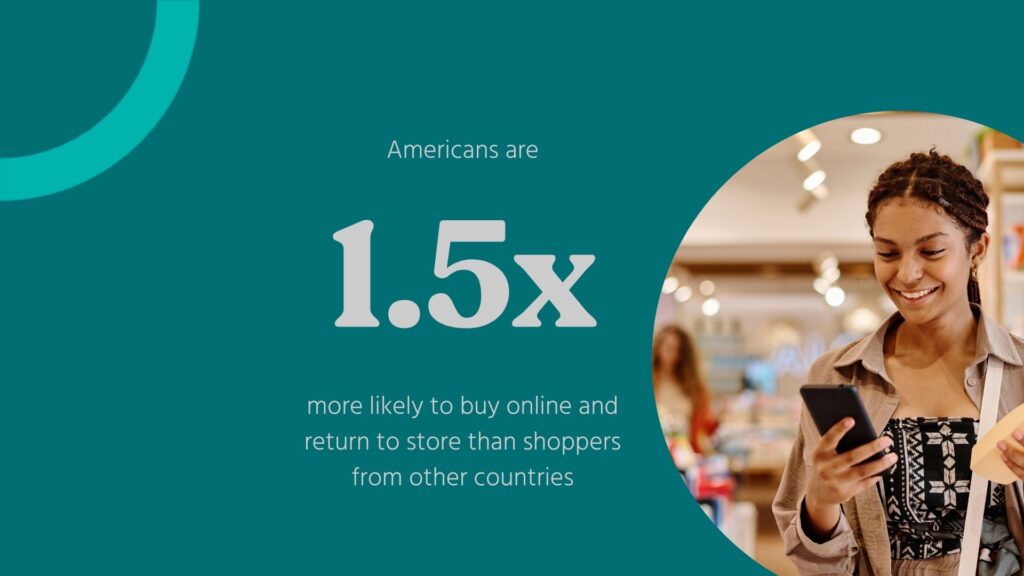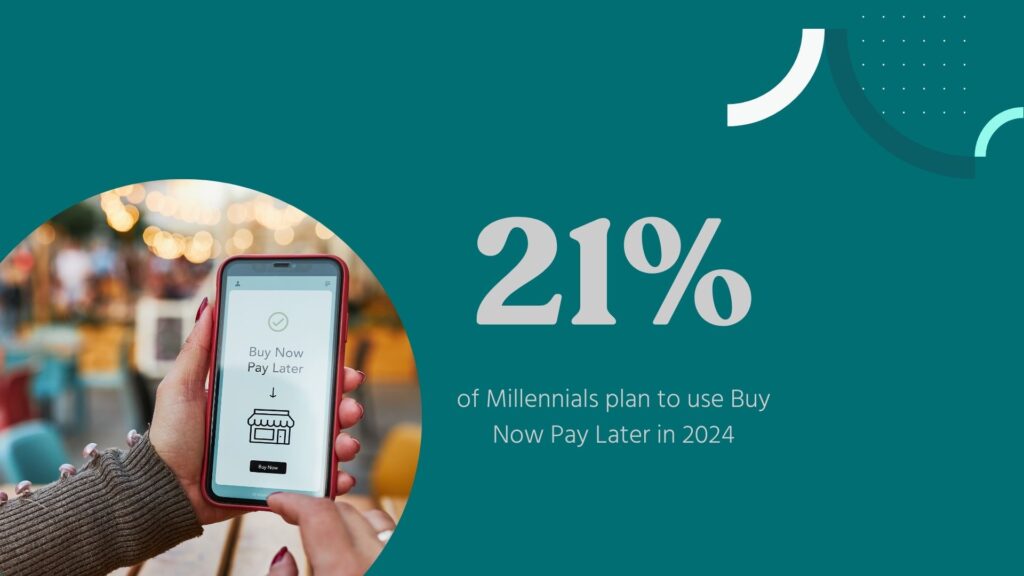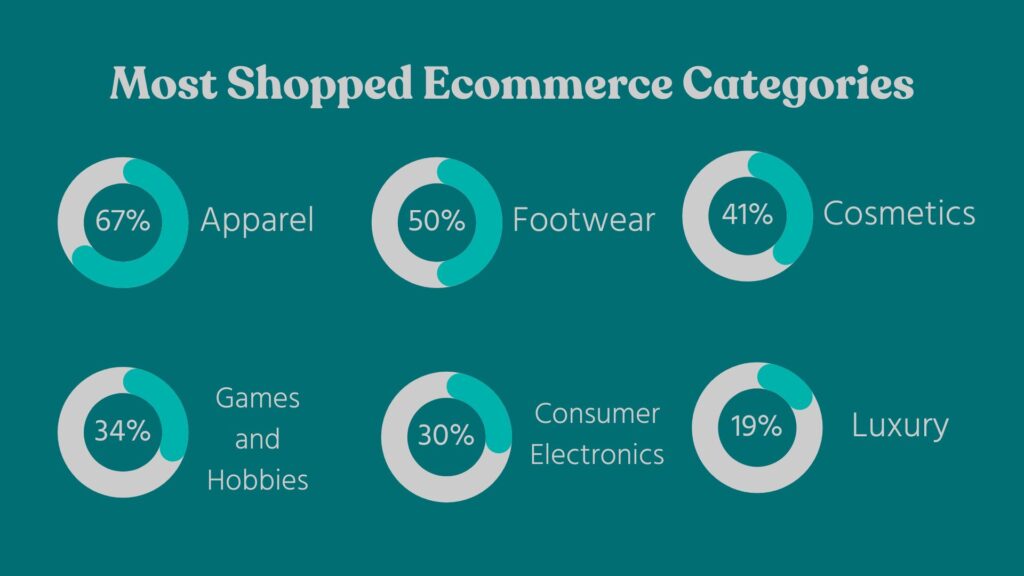As in much of the rest of the world, ecommerce in the United States is growing. Not only are the number of orders increasing, but the amount of money spent online is also increasing.
In fact, in 2023 ecommerce sales topped $1.11 billion, an increase of 7.6% over 2022. Additionally, more than 15% of total sales were ecommerce transactions in 2023, nearly a percent higher than the year before.
With Americans turning to ecommerce, brands looking to enter the market or move from a marketplace presence to an owned storefront need to fully understand their potential customers. Understanding a market is the first step to long-term profitability.
To help brands get the information they need, we surveyed American shoppers about their preferences, expectations and behaviour when it comes to online shopping. Here’s what we found.
Omnichannel continues to trend
Just because a shopper can complete an entire buying journey online does not mean they want to or will. In fact, the data bear out that consumers turn to different channels throughout the process.

Online research; In-person purchase
For example, 23% of shoppers first research a product or brand online. After conducting that research, those consumers will complete the purchase in a store. Your brand can take advantage of this behaviour by first owning your shopping experience. If you have an owned storefront, you can personalise the experience, provide detailed product descriptions and deliver a dynamic experience that resonates with the shopper and helps them research.
Buy online, return in store
Americans are 1.5 times more likely than their global counterparts to buy items online but conduct returns in person. Despite the fact that a customer is making a return, you cannot assume that the shopper is unhappy and you’ve lost a customer.
Instead, you can use that in-person returns process to delight the shopper. Friendly staff can respect the shopper’s time by efficiently processing the return. You can use the face time with the customer to sign them up for a loyalty program, explain current promotions and make sure the issue is fully resolved.
Your tech stack needs to be connected so that in-store staff can quickly see the online purchase and return the merchandise into the inventory system.
Return in store then shop for more
Shoppers using ecommerce in the United States not only want to buy online and return in store, but they want to shop for more items while they’re there. Shoppers in the US are 1.4 times more likely than the global average to make an in-person return and then shop for additional items in the store.
Your brand can leverage this omnichannel behaviour by creating a pleasant return process and a well-curated store experience that encourages shoppers to linger and browse.
Providing omnichannel experiences for Americans gives them the convenience and options they demand while creating opportunities for your brand to better connect with them and build loyalty.
Buy Now Pay Later (BNPL) is Most Popular with Millennials

On average, 16% of survey respondents said they plan to use BNPL options when shopping online this year. Financing purchases over time has always been a popular way to pay for purchases. For those who are averse to or have had bad experiences with credit cards, BNPL is very appealing.
More than 1 in 5 (21%) of Millennials plan to use BNPL in 2024. Only 10% of Baby Boomers, 18% of Gen X and 14% of Gen Z plan to use the payment method. Millennials also reported spending more money online than their generational counterparts in 2023 ($1,164 compared to Baby Boomers at $875 last year and Gen X and Gen Z both at $955 last year).
Spending intent for 2024 varies by age
In total, 16% of Americans plan to spend more online this year and 46% plan to spend the same amount as they did last year. But a closer look at the data reveal that there are significant differences in intent based on age.
Gen X cuts back while Millennials spend more
Nearly 3 in 10 (28%) of Gen X shoppers plan to reduce spending in 2024. Why do they plan to cut back? According the survey, 44% are worried about the current economic climate and 41% want to save money.
On the other hand, nearly 27% of Millennials say they plan to increase their online spending this year. Even though they plan to spend more, they are still price sensitive. Among respondents that said they will increase online spending, 42% said that they are looking for less expensive items than they can find in store.
Nearly 1 in 5 (19%) of Gen Z plans to increase online spending because they can find more options online than they can in stores.
Apparel tops the list of most-purchased items online
Americans have an affinity for online shopping in general, but some product categories are more popular than others. Apparel is the most popular category for online shoppers followed by footwear and cosmetics. Consumer electronics and luxury are the least shopped ecommerce categories in the United States.

The Takeaway
American shoppers of all ages make online purchases regularly and will continue to do so. For your brand to stand out from the increasing competition, it is essential that you know your target audience and offer the right experiences at the right times in the purchase journey.
While the economy weighs on American consumers, the data show that they will continue to spend if they can get the right product at the right price.
To properly navigate the lucrative yet complex United States ecommerce market, you need experts. Outsourcing ecommerce lets your brand focus on its core business while leaving the complexity and risk to those with a record of success and experience.





